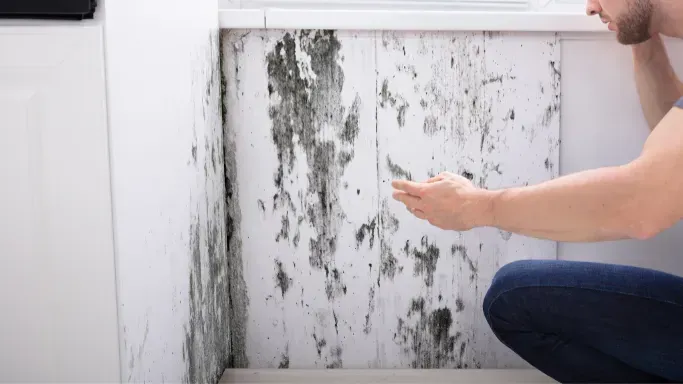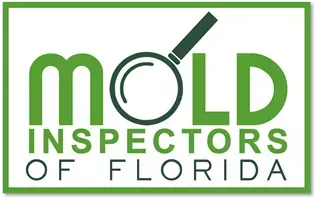Unveiling the Most Common Places to Find Mold

Mold is a common household issue that can pose serious health risks and cause structural damage if left unaddressed. Understanding where mold commonly lurks is essential for effective prevention and early detection.
This comprehensive guide will explore the most prevalent places where mold tends to grow in homes. By being aware of these areas and taking proactive measures, you can minimize the risk of mold growth and maintain a healthy living environment for you and your family.
Where to Look for Mold?
Bathrooms
Bathrooms provide ideal conditions for mold growth due to high humidity levels and frequent exposure to water. The following areas within bathrooms are particularly prone to mold growth:
– Shower and bathtub: Mold can develop on tile grout, caulk, and damp surfaces.
– Under sinks: Leaks or condensation can create a moist environment for mold growth.
– Around toilet bases: Improper seals and leaks can lead to mold formation.
Prevention and maintenance tips: Proper ventilation, like using exhaust fans or opening windows, can help reduce moisture levels. Regularly clean and dry bathroom surfaces, repair leaks promptly, and replace deteriorated caulk or grout.
Kitchens
The kitchen can be a huge mold hotspot. Be sure to look at the following:
– Under the sink: Leaks in plumbing or drainage pipes can create an ideal breeding ground for mold.
– Around refrigerators and dishwashers: Condensation or leaks can occur near these appliances as they use hot water frequently.
– Around faucets and backsplashes: Moisture can accumulate in these areas if not properly sealed.
Prevention and maintenance tips: Promptly repair any leaks or drips, wipe down surfaces regularly to remove moisture, and ensure proper cooking ventilation. Seal gaps and cracks around faucets and backsplashes to prevent water seepage.
Basements and Crawl Spaces
Basements and crawl spaces are notorious for dampness, making them prime locations for mold growth. Common areas to check for mold include:
– Foundation walls: Water seepage through cracks or inadequate waterproofing can lead to mold growth.
– Concrete floors: Condensation or water intrusion can create moist conditions.
– Stored items: Mold can develop on cardboard boxes, fabrics, or organic materials stored in damp areas.
Prevention and maintenance tips: Improve drainage around the foundation, install sump pumps if necessary, and use dehumidifiers to reduce moisture levels. Regularly inspect and clean these areas, and ensure proper ventilation to minimize humidity.
Attics
Attics often suffer from poor ventilation and insulation, leading to trapped moisture and increased humidity. Look for mold in the following areas:
– Roof leaks: Water infiltration from damaged roofs can promote mold growth on attic surfaces.
– Improperly vented bathrooms or exhaust fans: Moisture from bathroom exhaust fans that vent into the attic can contribute to mold development.
– Insulation: Damp insulation can become a breeding ground for mold.
Prevention and maintenance tips: Ensure proper attic ventilation and insulation. Regularly check for roof leaks, repair any plumbing issues, and redirect bathroom exhaust fans to vent outdoors instead of into the attic.
Laundry Rooms
Laundry rooms are prone to moisture buildup due to washing machines, dryer vents, and damp clothes. As a result, mold growth can occur in the following areas:
– Washer and dryer connections: Leaks or drips can create a damp environment for mold to thrive.
– Behind or under appliances: Moisture or water spills can lead to hidden mold growth.
– Damp laundry piles: Leaving wet clothes or towels in a pile can promote mold growth.
Prevention and maintenance tips: Regularly check for leaks in plumbing connections, clean dryer vents to prevent blockage, and ensure proper airflow in the laundry room. Promptly dry wet laundry and avoid leaving damp items piled up.
Air Conditioning Units
Air conditioning units can accumulate moisture and become breeding grounds for mold. Check the following areas for potential mold growth:
– Air conditioner drip pans: Standing water in the drip pans can promote mold formation.
– Ductwork: Leaks or condensation in ducts can lead to mold growth inside the system.
– Air filters: Dirty or clogged filters can trap moisture and promote mold growth.
Prevention and maintenance tips: Regularly clean and maintain the air conditioning unit, including cleaning drip pans and replacing filters. Inspect ductwork for leaks and condensation, and consider professional duct cleaning if necessary.
Understanding the most common places mold grows is crucial for effective mold prevention and maintenance. Regularly inspecting and addressing potential problem areas in bathrooms, kitchens, basements, attics, laundry rooms, and air conditioning units can mitigate the risk of mold growth and maintain a healthy living environment.
Remember to promptly address any moisture issues, improve ventilation where needed, and take proactive measures to ensure a mold-free home for the well-being of you and your loved ones.


